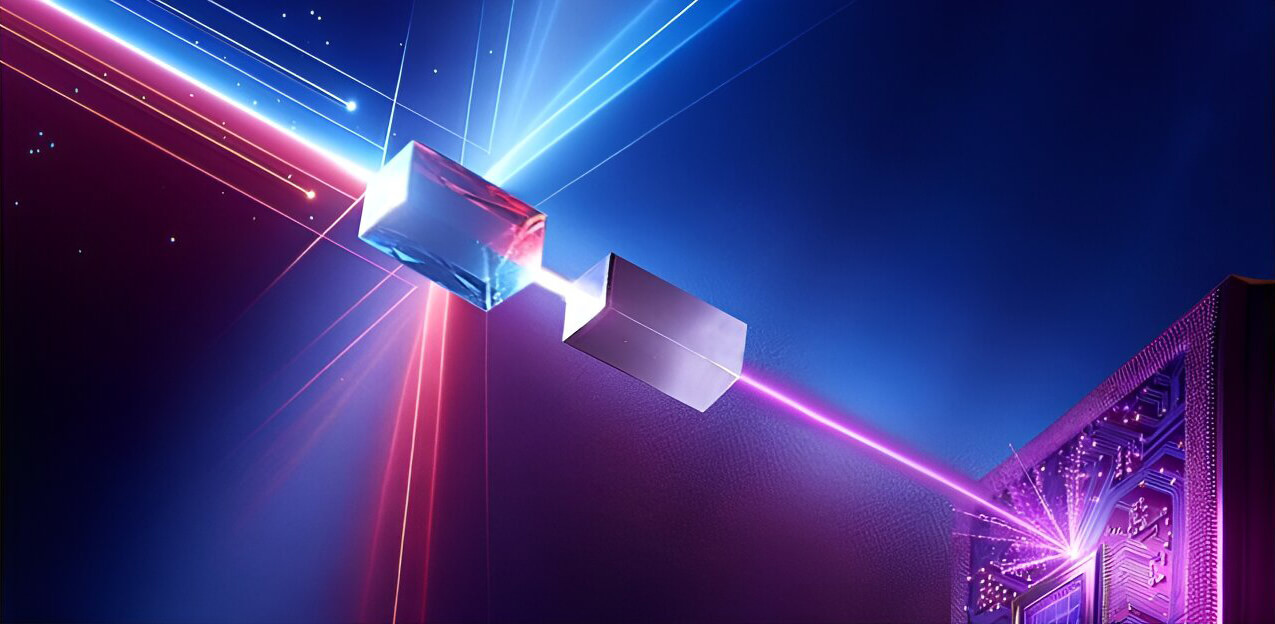Global Laser Crystal Technology: An Innovative Journey from Germination to Prosperity
Laser crystal technology, as a core driving force in the development of laser technology, has sparked a wave of technological innovation globally since its inception. From its nascent beginnings to today’s thriving landscape, the evolution of laser crystal technology bears witness to the brilliance of human scientific and technological wisdom.
In the early 1960s, when Theodore Maiman, an American scientist, successfully created the world’s first ruby laser, laser technology swiftly became a hot topic of research among scientists worldwide. As the cornerstone material of laser technology, laser crystals played a pivotal role in this process. From the initial ruby crystal to subsequent materials like neodymium-doped yttrium aluminum garnet (Nd:YAG) and titanium-doped sapphire (Ti:Al2O3), the variety and performance of laser crystals have continued to expand and improve.
Entering the new millennium, global laser crystal technology ushered in a golden age of rapid development. With the continuous advancement of science and technology and the expansion of application fields, laser crystals have demonstrated broad application prospects in research, industry, medicine, defense, and more. Especially in cutting-edge areas such as deep ultraviolet lasers and ultrashort pulse lasers, laser crystals have become the key materials enabling technological breakthroughs.
Against this backdrop, countries around the world have intensified their investments in research and development as well as industrialization of laser crystal technology. China, as a significant player in laser crystal technology, has leveraged its outstanding research capabilities and innovative prowess to secure a leading position globally. Chinese scientists have not only achieved significant breakthroughs in critical materials like KBBF crystals but have also actively promoted the industrial application of laser crystal technology, injecting new vitality into the global laser industry.
However, the development of laser crystal technology has not been without challenges. Facing hurdles like high production costs and manufacturing difficulties, scientists and engineers worldwide have relentlessly explored new solutions and technological paths. Through interdisciplinary collaboration and collaborative innovation, they have continuously broken through technological bottlenecks, pushing laser crystal technology towards higher performance, lower costs, and wider applications.
Looking ahead, global laser crystal technology will continue its robust development momentum. As technology advances and application fields expand, laser crystals will find innovative applications in even more sectors, contributing significantly to human society’s progress and development. Furthermore, we anticipate that scientists and engineers from various countries will continue to strengthen cooperation and exchanges, jointly propelling the prosperous development of global laser crystal technology.


